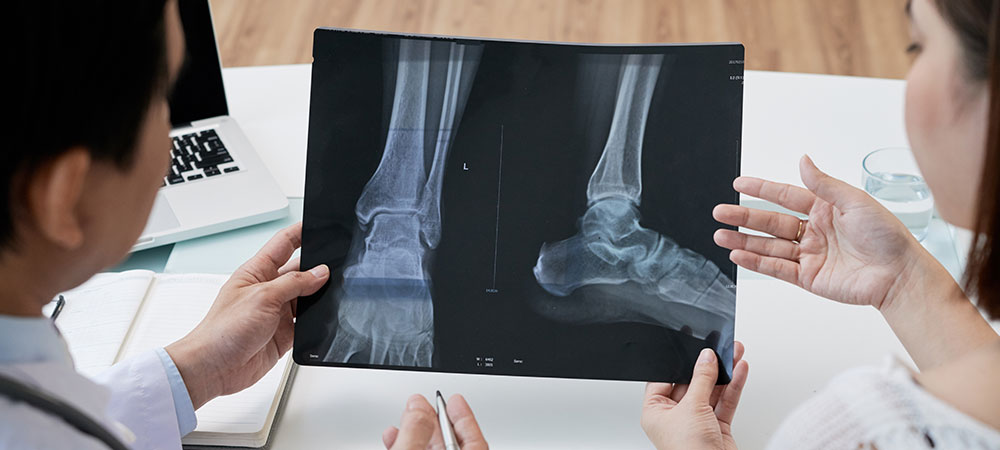Office Hours
- Mon-Fri 9:00a – 5:00p
Saturday Appt. Only
Sunday Closed
Contact Info
- Phone: 1-323-264-6157
Ask Us a Question
Puncture Wounds

What is a Puncture Wound?
A puncture wound is a traumatic injury to the foot. This break in the skin can result in infection and can affect any portion of the foot. A foreign body in the foot can include any type of material or object (e.g. wood, glass, wire, metal fragment, toothpick, etc.) that is introduced into the foot through the puncture.
Most patients will recall a specific event when the traumatic injury happened, and this scenario is likely associated with localized pain, bleeding, or attempted retrieval of a foreign body by the patient.
In a patient who has lost sensation in the foot, there may be no memory of a specific event because the patient did not feel any pain when the puncture wound occurred. At times, the injury occurs weeks or months before the patient is aware, and the delay in treatment can lead to a less than desirable outcome.
Causes
Walking with socks or shoes that are flimsy or unprotective is a common cause of puncture wounds. Animal bites can also result in a puncture wound.
Symptoms
Symptoms could include open sores on the foot, pus, drainage, bleeding, pain, localized redness and swelling, inability to bear weight on the foot, red streaking of the skin, or an object visibly lodged in the foot.
When to Visit a Podiatrist
Any patient who experiences trauma that results in a break in the skin should see a podiatrist.
Diagnosis and Treatment
The podiatrist will review the patient’s medical history and conduct a thorough podiatric exam. X-rays are commonly ordered, but the patient needs to be aware that initial X-rays may not disclose an infection or even a known foreign body (wood, glass). In those cases, advanced imaging (ultrasound, CT scan, MRI) may be needed to fully determine the diagnosis.
If an obvious open wound is present, a culture of the wound may be performed to detect infection.
Once the diagnosis is more obvious, the podiatrist may suggest an incision and drainage procedure in an office setting or, in more serious cases, in an operating room. If a foreign body is present, surgical retrieval is necessary. Depending on the severity of the situation, oral or IV antibiotics are a consideration as treatment, as well as an updated tetanus shot as needed.
Prevention
The best way to prevent a puncture wound and/or a foreign body in the foot is to protect the foot by wearing appropriate shoe gear as much as possible in and outside of the home. Wearing shoes both inside and outside is even more important for people who have lost sensation in their feet.
